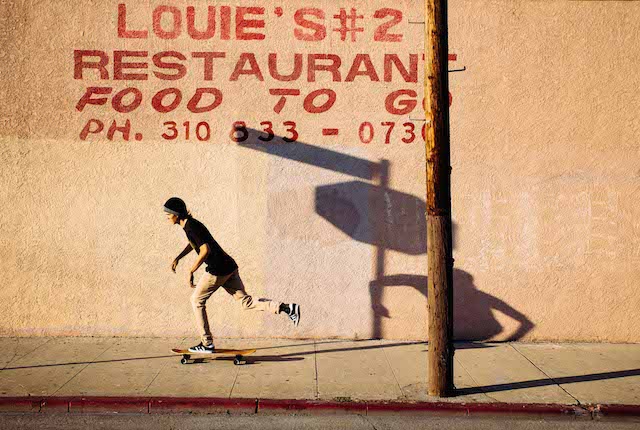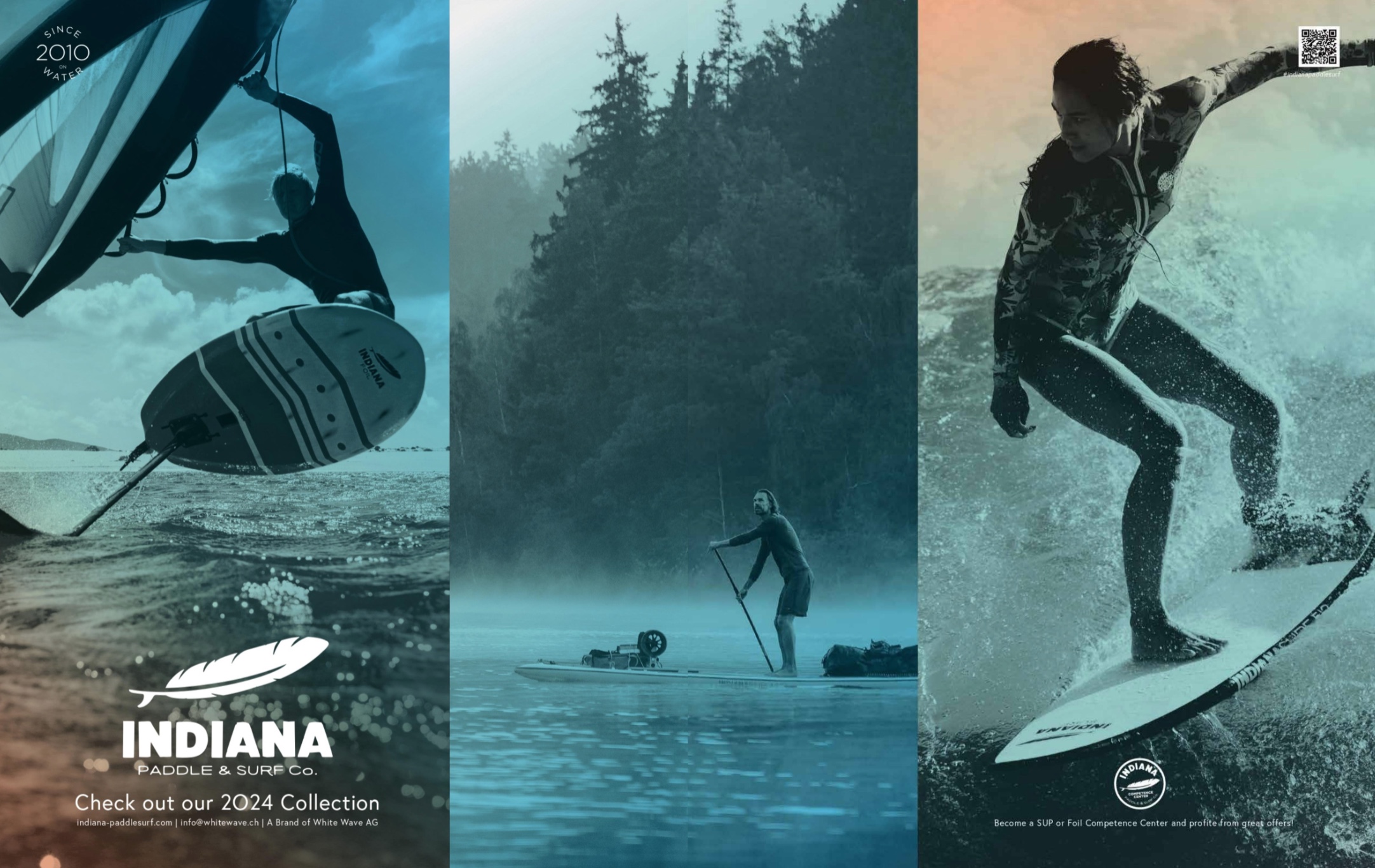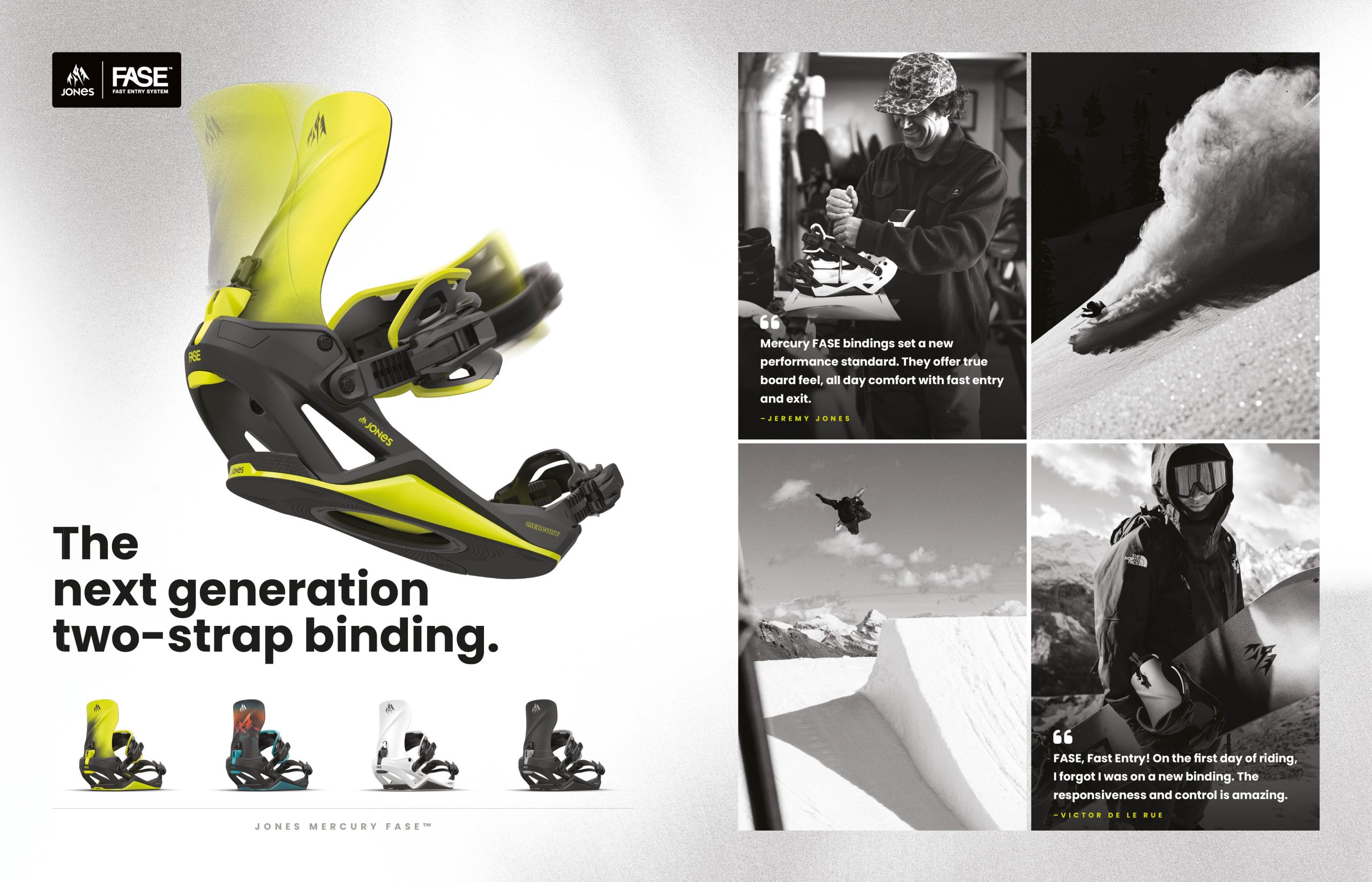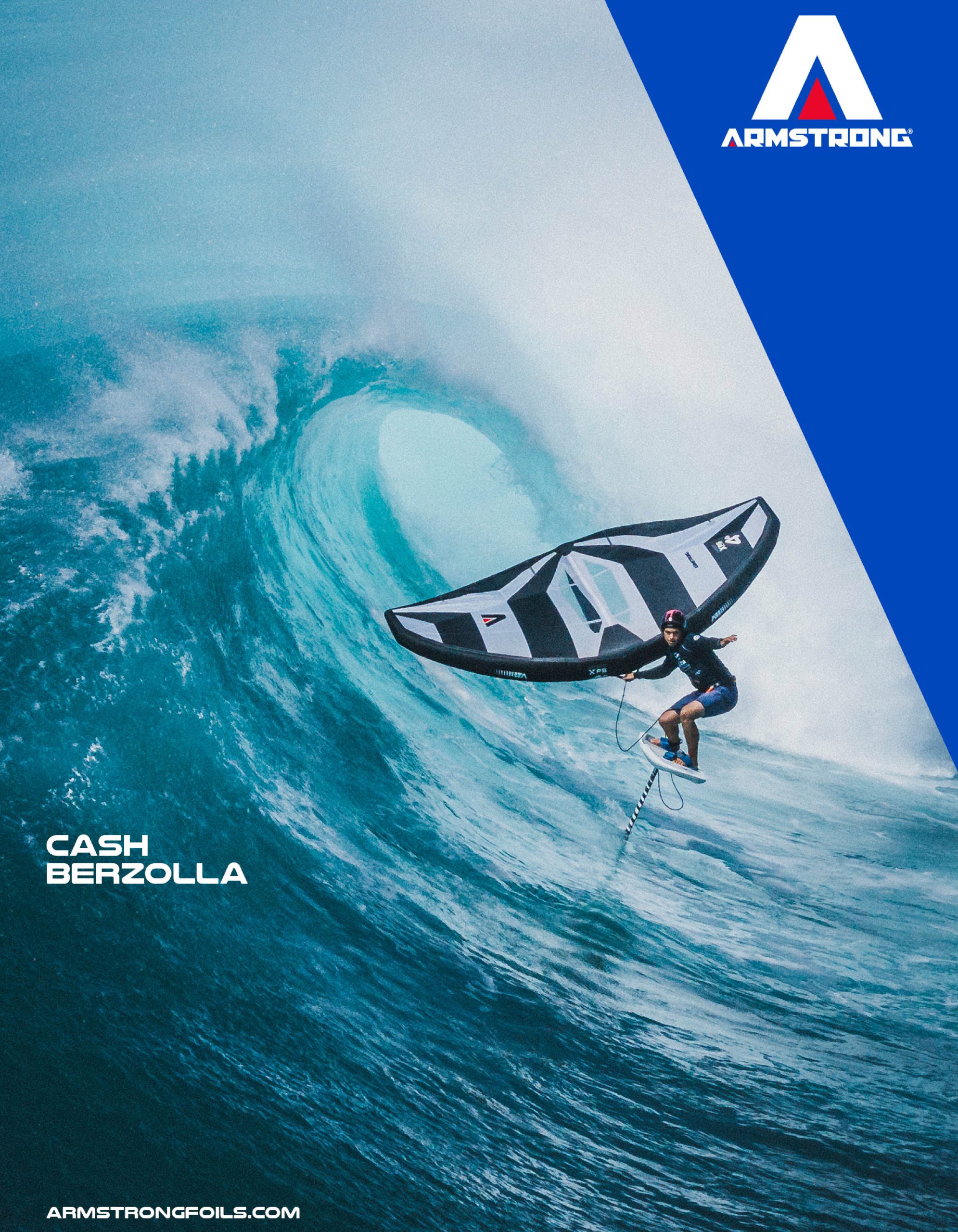Longboard Market Trend Report 2015

Driven by turbo-charged innovation, companies in the longboard segment keep raising the bar with unique constructions, designs, and materials. And they’re only getting started. Trend report by Dirk Vogel. All Pics courtesy of Arbor.
 Whoever said that the evolution of skateboard hardware is stagnating needs to take a long, good look at the longboard category. The segment of boards above 34 inches in length is currently experiencing a surge in technological breakthroughs, alongside cultural maturation into a diverse platform for different uses and riding styles.
Whoever said that the evolution of skateboard hardware is stagnating needs to take a long, good look at the longboard category. The segment of boards above 34 inches in length is currently experiencing a surge in technological breakthroughs, alongside cultural maturation into a diverse platform for different uses and riding styles.
It’s a broad church, says Andreas “Maui” Maurmeir at Sector 9 Europe: “There is no typical longboard user… that is the magic about it. Everybody can have fun on the boards and can get a good sensation out of it.” Accordingly, the days of serving a large number of customers with a few one-size-fits-all models are long gone. Maui notes: “Their needs are getting more and more precise. But these diverse needs are very well reflected in our line-up and segments of product. That’s why we have over 45 different board models.”
This brave new world of longboard variety may seem overwhelming from a retailer’s perspective at first, but Pablo Castro at Loaded Boards in Los Angeles said: “Your average longboard enthusiast usually has an idea of what product suits their style in the vast amount of gear available today. There is a board for anyone whether you’re a hybrid – big board and soft wheels – freestyle skater, cruiser and commuter, long distance pusher or a downhill high-speed adrenaline junkie. Longboarding is still in a growing, maturing state with many different disciplines which fall under a catchall term of ‘longboarding’.”
THE MARKET: LONG-TERM PROSPECTS
Speaking of growth, the overall consensus in the industry is that longboards are really only getting started. Brands, retailers and distributors participating in the first Boardsport SOURCE Magazine European Skateboard Hardgoods Market Survey expect an average 20% sales increase in the longboard segment in 2014.
This projected growth continues what has already been a steep increase in the segment over the past year. “We’ve seen substantial growth in Europe over the last 12 months. I don’t want to get too specific, but it’s in the 30-50% range,” said Chris Brunstetter, marketing director, The Goldcoast Skateboard Co, USA. On a similar note, Bernd Pösl, European brand manager at Arbor reports: “There’s still a huge demand on the market. We rose the business by almost 35%.”
Asked about the biggest markets in Europe, brands queried for this article pointed out France, the UK and Czech Republic, with Germany as the unanimous number one: “We would have to say Germany. Longboarding has become very popular and many people are getting on boards for the first time which is great for keeping the market alive,” said Ali Crichton at Mindless Longboards. Karl Martinez, DStreet Director notices: “Each country in Europe is slightly different to each other. For example in UK we sell a lot more cruiser boards under 30”whereas in France and Germany we sell a lot more longboards over 40.”
 PRICING: UPWARDLY MOBILE
PRICING: UPWARDLY MOBILE
Overall pricing structure in the longboard segment gravitates around healthy mid-levels with good margins for retailers, with upward mobility into the premium segment. Benoit Brecq at longboard specialty suppliers HOFF Distribution says: “After the crisis, final price is more and more important. People are looking for maximum price that they can’t overhead.” Closely in line with most brands featured in this article, Benoit breaks it down as follows:
· Longboard completes around €150–200
· Decks around €75–80
· Trucks around €60–70
· Wheels around €50.
At the same time, boards in the premium segment can go beyond the €300 threshold, as illustrated by Maui at Sector 9: “The Bamboo Series is in between €200 and €260 per complete and the Sidewinders Series is in between €230 and €310.” Likewise, components are trending towards the high-end, said Richard Auden at Vandem MFG: “Higher end wheels up to €75 can also work if they are really decent. Forged Trucks have been massive for us this year and we see other brands coming online with them soon.”
Nathan at Origin said: “Our Atlas truck was released this year at a slightly higher than average price of $58.95 to an overwhelmingly positive response due to significant feature benefits.” Meanwhile, Nate at Landyachtz is stoked that, “Bear Trucks are doing great at €65.”
At the same time, price points are of course also a matter of brand positioning. Kevin Kennedy at Gravity Skateboards says his brand likes to, “stick to making fun, functional but affordable boards and wheels. Everyone wants the best deal possible, but a top of the line setup that can handle serious riding is in the $225 range.”
 CUSTOMERS: LIFESTYLE VS. PERFORMANCE
CUSTOMERS: LIFESTYLE VS. PERFORMANCE
When it comes to customer motivations, longboarding is divided into two camps, said Bernd at Arbor: “Specifically performance-oriented riders are still the smallest demographic – these skaters are very precise on what they want to ride. People looking to cruise and have fun are still the largest demographic we sell to – they are not focused on the technical aspect.”
But make no mistake: Although hardcore riders only account for a fraction of the market, they represent repeat business. “The die-hard longboarders out there who actually call themselves ‘longboarders’ tend to have multiple boards, ride regularly and are more in tune with the downhill and freeride movement,” said Nate at Landyachtz.
Borja Iriarte at Long Island Longboards is on the same page: “Even if the lifestyle and fun market is still bigger, there is a huge performance and competition market. Brands know that and now offer all kind of boards, not just regular ones but also tech boards that include new materials, special shapes.”
A word of caution to retailers eyeing the performance demographic comes from Richard Auden at Lush/Sabre: “For the core market, retailers need to know what they are talking about. A lot of retailers don’t and as such are not taken seriously by an increasingly informed and educated market. With so many product options out there, focused purchasing is also key.”
Nuno Fonseca Director for Europe Maui and Sons agrees that shop employees have to know their stuff: “Retailers that have employed longboard riders that can carefully explain the features of the product will have the edge. The longboard has to be treated like a bicycle or a car, explaining the features is so important and most retailers know that.”
SHAPES: HYBRID STRAINS
Similar to recent trends in the cruiser segment, where ‘cross-over’ boards with trick capabilities are on the rise, longboarders want multi-purpose shred sticks. “One trend currently is the ‘skate everything’ movement. More often skaters are looking for hybrid styles; something you can use downhill, in the park, and for commuting. Not everyone has the resources to build quivers, so skaters are looking for boards that can be used in various skate settings,” said Bernd at Arbor.
Pablo at Loaded calls it, “The do-it-all board. Most companies have a feature driven design with the intention and function for any riding style you want to throw at it. Flattened minimalist kicktails, aggressive concave, rockered profile and multiple wheelbase options are some key features found in your do-it-all longboard.” Along these lines, Ali Crichton at Mindless said: “Skateboarders are now also getting in to longboarding and are looking for boards that are capable of doing flip tricks as well as riding bowls and hills.”
On the level of overall line-ups, it’s all about offering the models to suit a diversity of needs, said Scott Howes at Dwindle/Dusters: “The drop-throughs and drop-downs are one of the most successful shapes and as for technology we have added some interesting things to the line like a super light carbon hollow core longboard, a fibreglass slalom board and some performance driven downhill shapes.”
Asked about the hottest board construction, Borja Iriarte at Long Island Longboards– also a brand with their own woodshop – said: “I guess the most demanded boards now are freestyle decks with drop-through included.”
 MATERIALS AND CONSTRUCTIONS: KEY INNOVATIONS
MATERIALS AND CONSTRUCTIONS: KEY INNOVATIONS
When it comes to materials and constructions, the first thing to keep in mind in the longboard segment is woodshops. While the majority of regular, popsicle-shaped decks on the shop wall come from a handful of factories in China, a growing number of longboard companies rely on in-house production. It’s a tradition: Sector 9 has been pressing boards at their San Diego woodshop since spearheading the category in 1994. Globe and countless other labels – large and small – are perfecting their own blend of laminates.
Matt Wong, President of Globe’s product division has this to say on the matter: “In wood, Globe is definitely making a push in higher-end finishes and materials. The reason we are developing in this area is to differentiate our products from others in the market, and to also showcase the quality craftsmanship of Globe hardgoods. For example, The Cutler and The Acland styles feature beautiful walnut wood grain with mother of pearl inlays (inspired by guitars), and our Spliced Series uses a mixture of thick splices of ash, walnut, and cherry wood and are limited to 300 of each style globally.”
Upscale wood varietals and finishes are the calling card of GoldCoast, says Chris Brunstetter: “Our best selling designs showcase the material first. Our exotic wood models, bamboo, walnut, and zebra wood, are consistently in our top sellers. We use really minimalistic design on these boards, to accentuate the natural beauty of the wood. A new top shelf finish for GoldCoast in 2015 is 3M reflective sidewalls and wheel wells on our decks.” This goes in line with leaving some materials behind, Chris added: “Plastic is not something we’re interested in any more, as it’s become such an oversaturated category in itself.”
Karl Martinez from DStreet, who have seen tremendous growth since their inception two years ago and are launching into bamboo for 2015: “Canadian maple remains our staple, plus we are just about to launch a bamboo line. Our polyprop cruiser business is still performing really well.”
Meanwhile, Nate at Landyachtz said: “Maple is still the best material for skateboard construction. We are working with fibreglass composites in higher end models and bamboo is still a staple in the pintail line.” Rich at Vandem also agreed that, “the general move away from Maple at the higher end has continued.” On that note, Ali at Mindless observes: “Top shelf materials and finishes are becoming prevalent – our new board Nyoka Flex has fibre laminates, fibre discs around the trucks for reinforcement and sublimation printing.”
Innovation also extends to the wheels segment, where Maui at Sector 9 announces: “Be prepared for a killer wheel line-up in 2015 in terms of sliding, speed and control. The Skiddle Wheels will leave coloured ‘thane lines on the asphalt during the slide and the Marshmellows are the smallest Slide Wheels ever, so they can be set up on all kind of skateboards.”
OUTLOOK
Longboarding is here to stay as the evolution on a cultural and technological level continues. Frequent events and grassroots activities across Europe are growing the scene together with platforms such as the Longboard Forum at ISPO. “The longboard embassy at ISPO has been a catalyst for growing relationships and friendships within the industry and has led to a significant amount of synergies between brands, shops and distributors,” said Pablo at Loaded.
Retailers looking to play the ‘long’ board game will find a thriving market alive with innovation and enthusiasm. Matt Wong at Globe encourages retailers to go all-in: “I think a big part of it is getting committed to the category – dedicating floor space to displaying product, being prepared to pre-book, and keeping track of sell-through and making sure they re-order regularly to take advantage of good sales.”
Borja at Long Island also encourages grass-roots activism: “The brands should support more longboard events. Not just big competitions or world championships, but also small town events.” Kevin at Gravity advises skate shops: “Carry a variety of reputable brands and not just those who gives you the best deal or bros who are down with you the most. Make sure they have employees that truly love to skate and are knowledgeable about it.”
Longboard Trends at a glance:
Next level diversity. The longboard community is not only divided into core VS casual practitioners, but a wide range of riding styles (downhill, freeride, race, freestyle) manifests in board choices including drop-through, freeride and pintails.
Best of both worlds. Longboard shapes are trending towards “hybrid” boards around 36 inches length to “skate everything” – streets, parks, downhill, etc.
Premium exotica. With maple still reigning supreme and plastic fading fast, the premium segment sees brands perfecting their own exotic wood blends and inlays (bamboo, walnut, zebra wood, fiberglass, carbon) at their in-house woodshops.
Hitting the sweet spot. Most of the action for longboard completes is in the mid-levels around €150–200, while premium boards (bamboo, technical) sell beyond €300.
Premium components. Customers are willing to pay top prices for upscale components such as forged trucks and state-of-the-art wheel formulas, even beyond €70.
Know what you sell. Retailers looking to sell ‘serious’, technical longboards better have the expertise to back up their offering.
Casual is king. The majority of the business remains with ‘fun’-oriented customers. Keeping this group stoked is key, said Ali at Mindless: “We need to be careful to keep longboarding inclusive and ensure other sports enthusiasts feel like they can access longboarding.”








